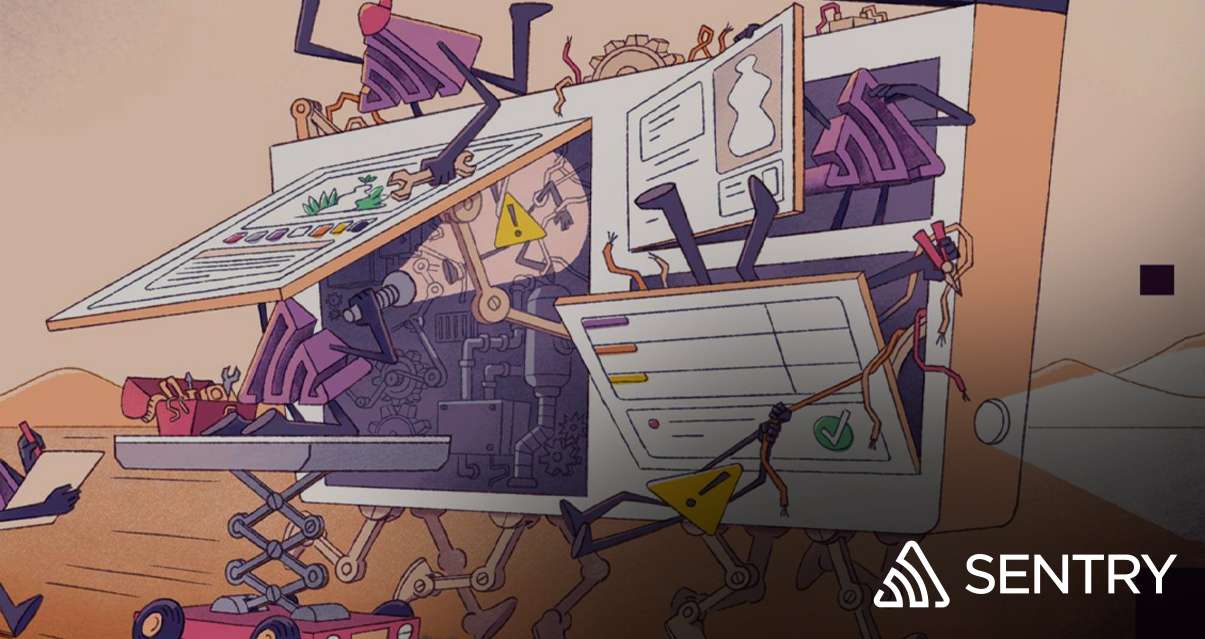Project Overview
Sentry, a pioneer in issue tracking, developed a game-changing open-source interface known as the GitHub Deployment Gate. It aimed to transform the deployment process by effectively tracking errors. However, Sentry faced a significant challenge when they envisioned a firewall-like solution for deployments while also supporting static front-end web apps. To tackle this complex task, Sentry turned to Akava to craft a comprehensive solution within a tight deadline.
The Challenge
The challenge for Sentry was two-fold. Firstly, they needed to develop a firewall-like solution for deployments to enhance security and reliability. Secondly, they sought to support static front-end web apps seamlessly. Achieving these objectives demanded innovative thinking and a well-integrated solution all within a constrained timeline.
Our Approach
We came up with a thorough plan to deal with the problems at hand.
Discovery & Alignment
01We skillfully combined strategic vision with inventive problem-solving, taking on Sentry’s challenge with meticulous planning and creative solutions. As a first step in understanding the framework they were building upon, we thoroughly examined the Sentry codebase to understand all of its complexities and requirements.
Web UI & Testing
02We created a user-friendly web interface that seamlessly linked Sentry with GitHub in its pursuit of seamless integration and improved functionality. This integration turned out to be essential for streamlining communications between the two platforms and for accurately tracking deployments. We introduced the idea of canary testing to ensure the highest level of dependability during the deployment process.
Proactive Monitoring
03Our strategy involved building a pre-production setting where any error events were automatically forwarded to Sentry for monitoring. This preventative action demonstrated our dedication to both efficiency and quality in their solutions by ensuring that potential problems were identified and addressed before they could have an impact on the production environment.
Tools & Tech Selection
The selection of tools and technologies was critical to the project’s success:
Cache
Varnish’s OS offering was leveraged to accelerate the speed of HTTP based content.
App Delivery
Nginx was used for modern app delivery with optimized web protection.
Web Server
Caddy was used as we needed a best in class OS web server that offered automated security offerings.
Authentication
GitHub OAuth was employed for secure user authentication.
Container Orchestration
Kubernetes was used for efficient container orchestration, enhancing scalability and reliability.
Infrastructure Management
Terraform configuration allowed us to efficiently manage the project’s infrastructure.
Results & Outcomes
The outcomes of the project were profound:
Enterprise Integration
Following extensive testing and fine-tuning, the project was successfully deployed and made live. Sentry further improved performance and stability post-delivery by implementing a Node.js server with express.static middlewares.
Customer Value
The project’s codebase and GitHub app are publicly available, fostering transparency and collaboration. While the solution currently supports GitHub, Sentry may consider extending support for other repository platforms in the future, ensuring flexibility and adaptability as their needs evolve.
Open Source Project Access
Codebase </> Repo
Akava’s exceptional technical skills, keen attention to detail, and overall competence guaranteed the rapid and high-quality delivery of our integration project, even within our demanding time constraints.
Mike I.
Sr Director of Engineering


 Previous
Previous